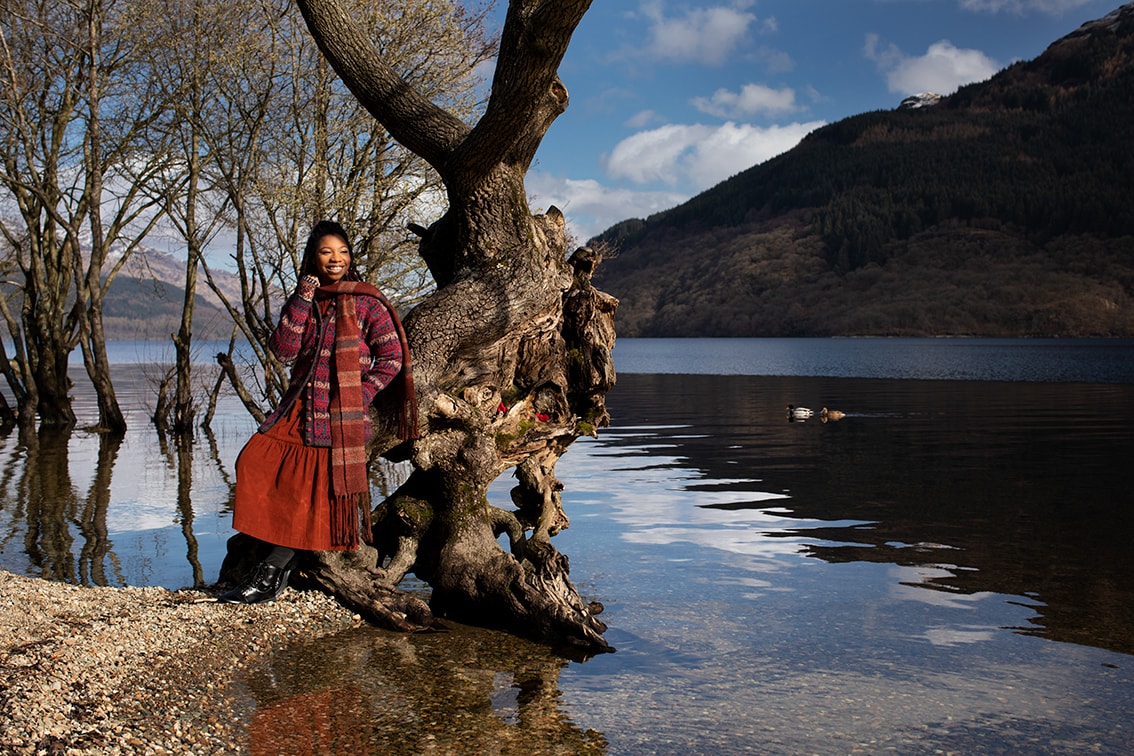
Why steek dot scot ?
Once upon a time there was an esoteric Scottish knitting technique that had no name. It didn’t need one as it was never mentioned and never written down – it was simply passed on by demonstration at the fireside ...
... but in 1985 I was invited to travel from Scotland to Dallas, Texas to teach at a knitting convention. This would be a first for me – my first ever attempt at teaching. But what would I teach? I decided that my class would include that nameless technique, but common sense dictated that I had to call it something.
My first language is Gaelic and so it was a Gaelic word that first sprang to mind – drochaid – meaning bridge. This seemed apt because the technique involves making extra stitches that form a bridge when colour knitting in the round. But Gaelic is hard to pronounce for non-speakers so drochaid would not do. I needed a word that was uniquely Scottish but also rolled easily off the tongue. Eventually I chose steek ... a Scots verb meaning to close, tie or fasten, but which was also a noun, meaning stitch. It was perfect for my purposes.
I formally christened that esoteric Scottish technique at my classes in Dallas in 1985. The classes were a roaring success and I literally spread the word, propelling steek into the knitting lexicon. Steek first appeared in print in knitting instructions when my Fair Isle book was published in 1988. There were a few complaints from certain quarters, on the grounds that “extra stitches” was the only phrase ever previously used to describe the technique, but those voices were lost in the slipstream as the Steek Technique raced throughout the knitting world. When I was asked by Vogue Knitting to write a piece on it for their Fall 1989 issue, its status was signed and sealed – the steek was here to stay.
So the steek stands as a symbol for what Scotland has given to the world of knitting and steek dot scot is here to celebrate that gift. steek dot scot is the platform we created from which to pass on knitting knowledge by example, as ever it was done in the past – from mother to daughter, from sister to sister ... or from friend to friend.

